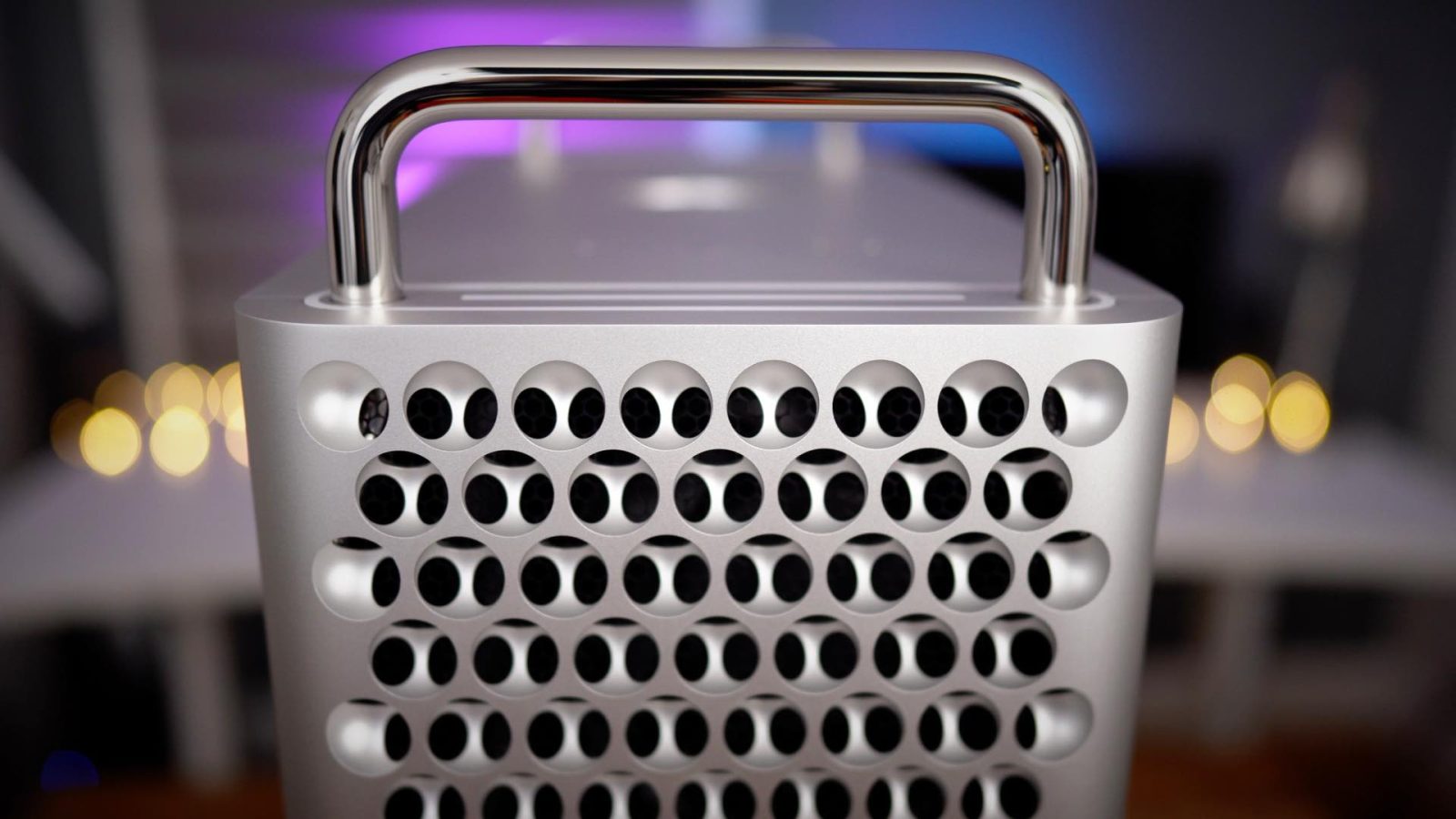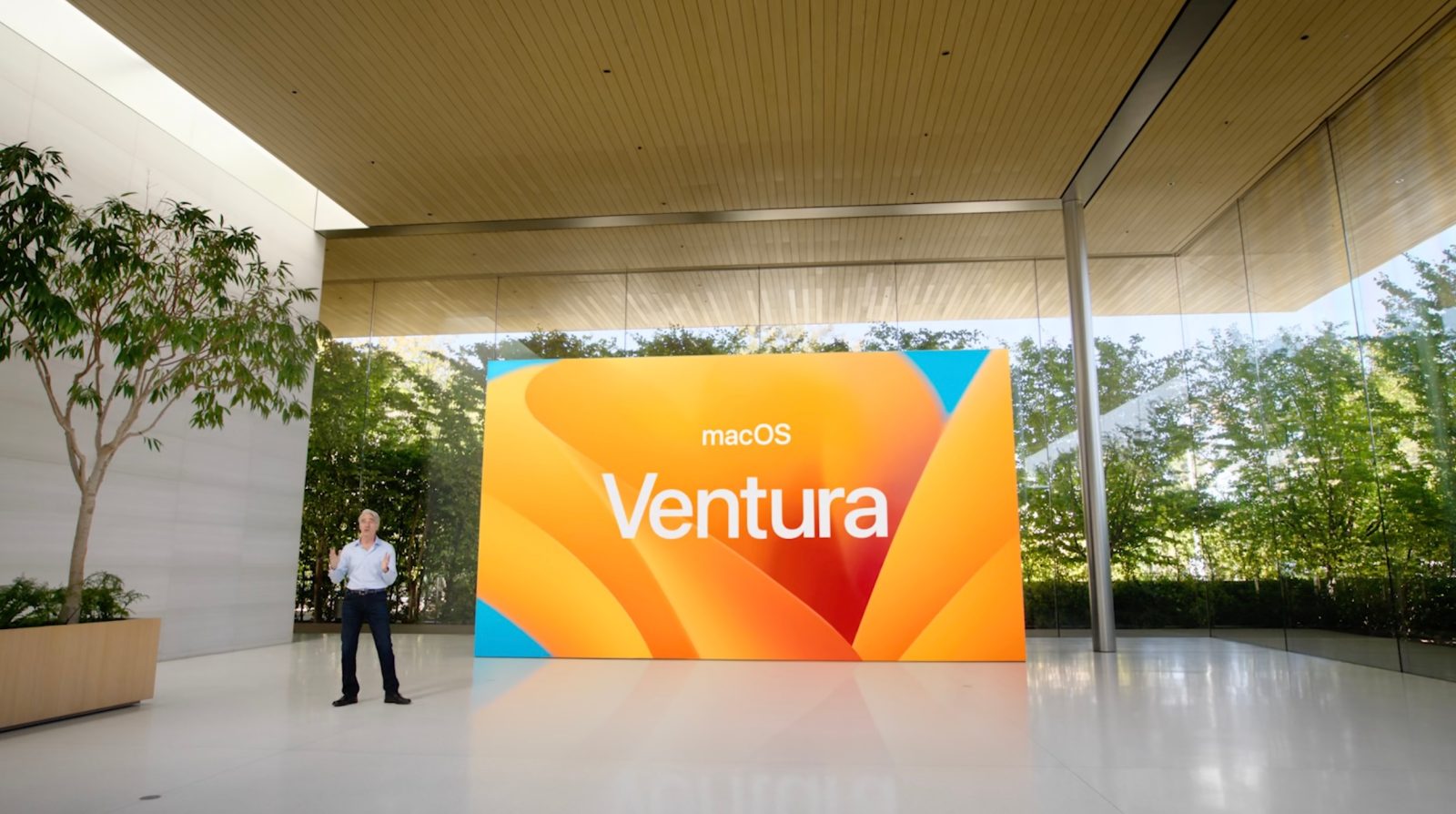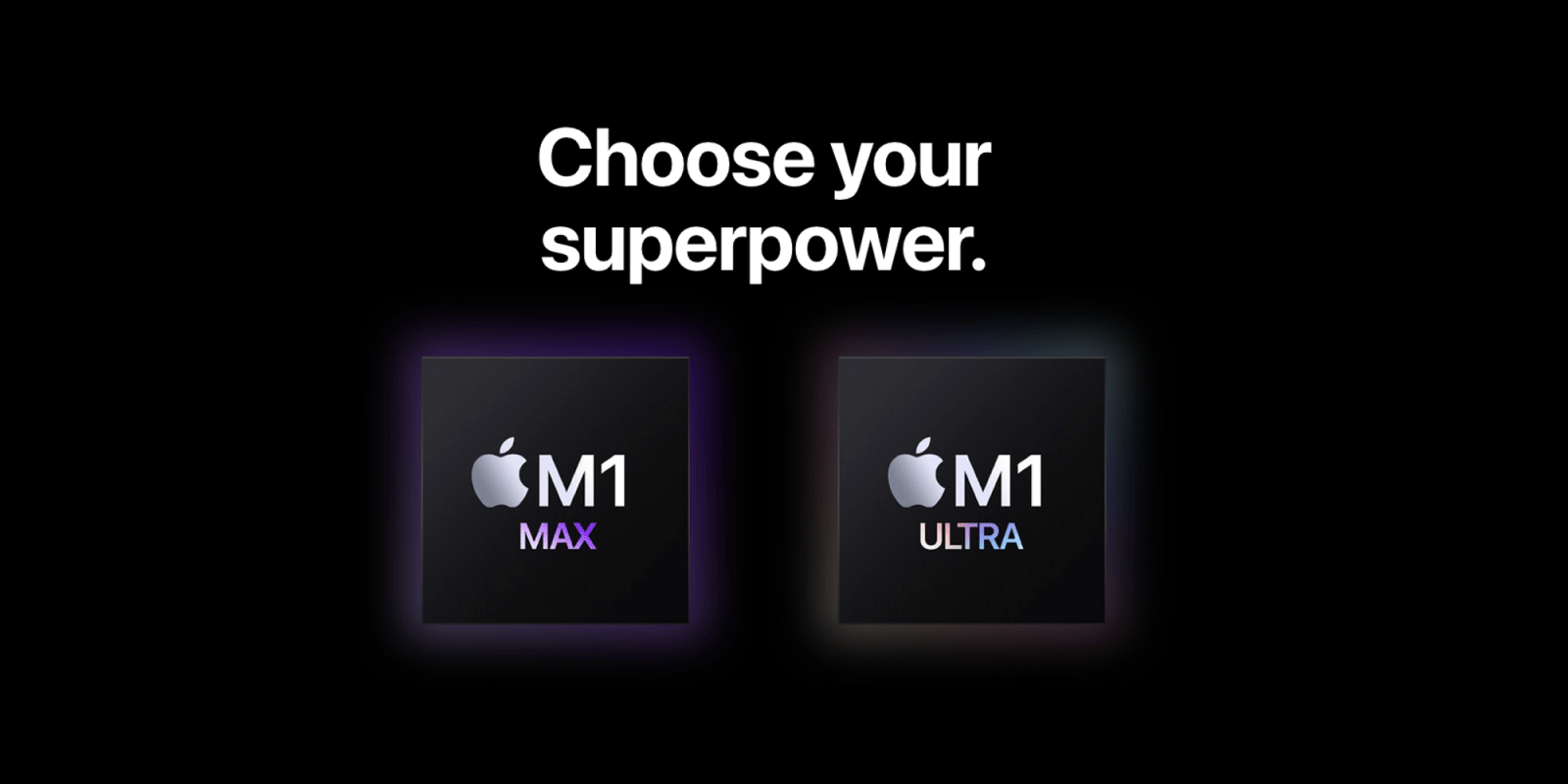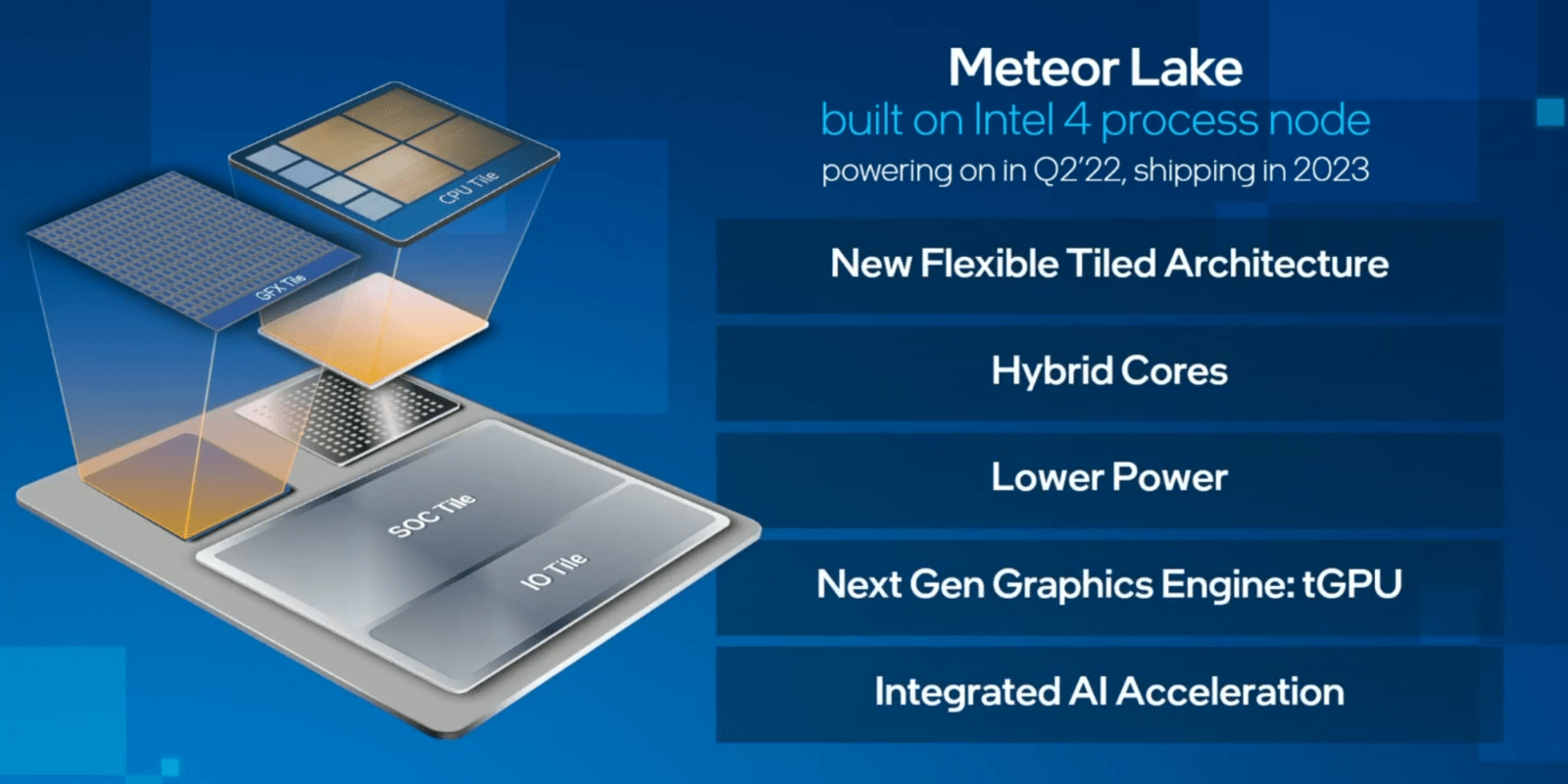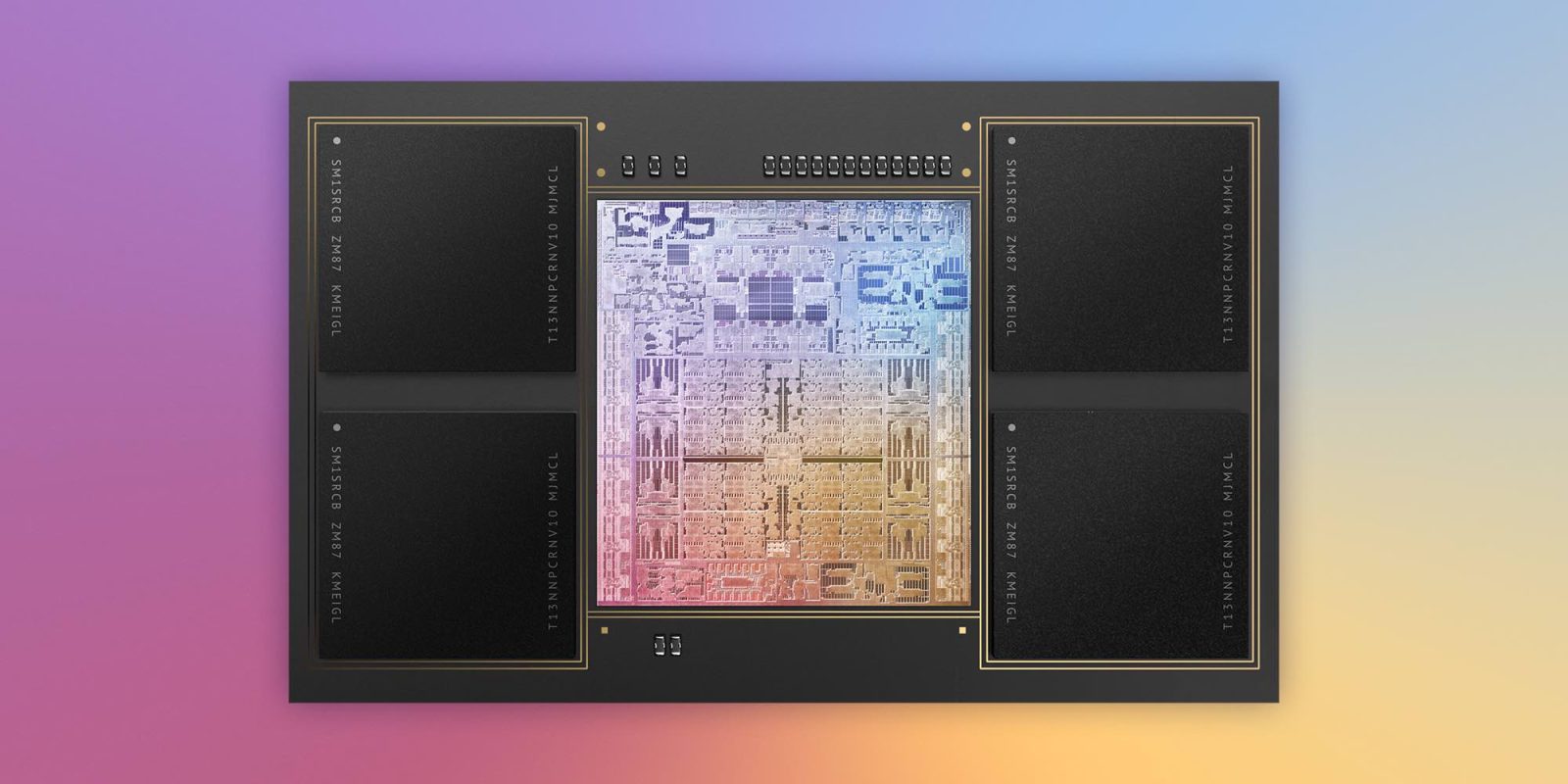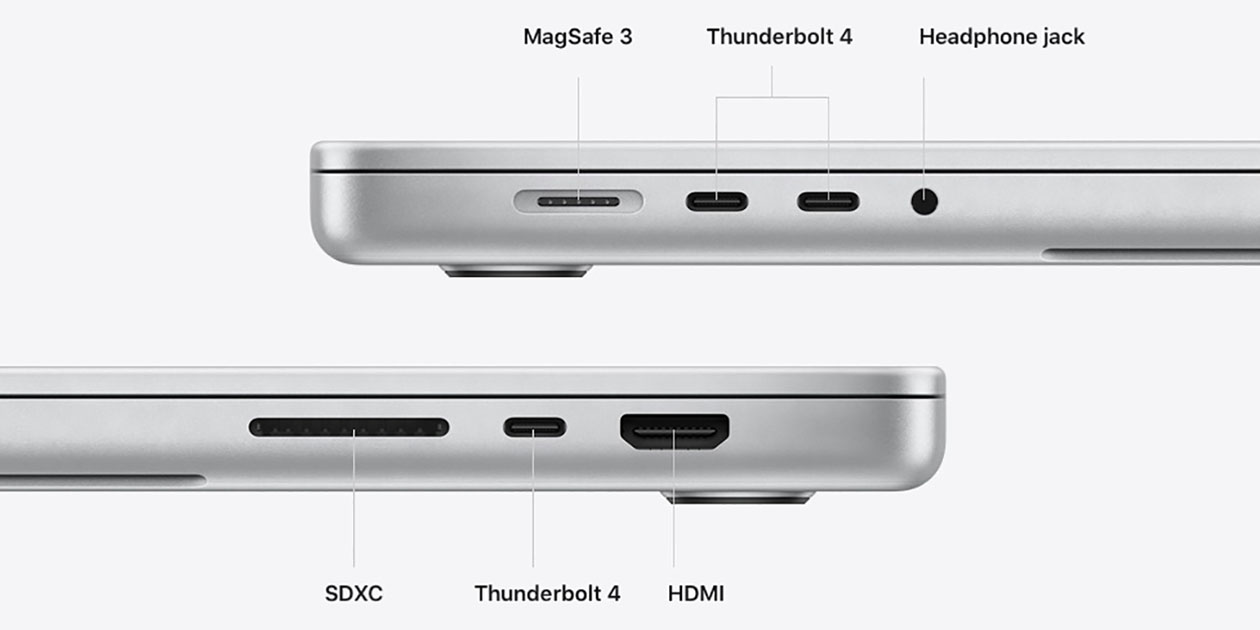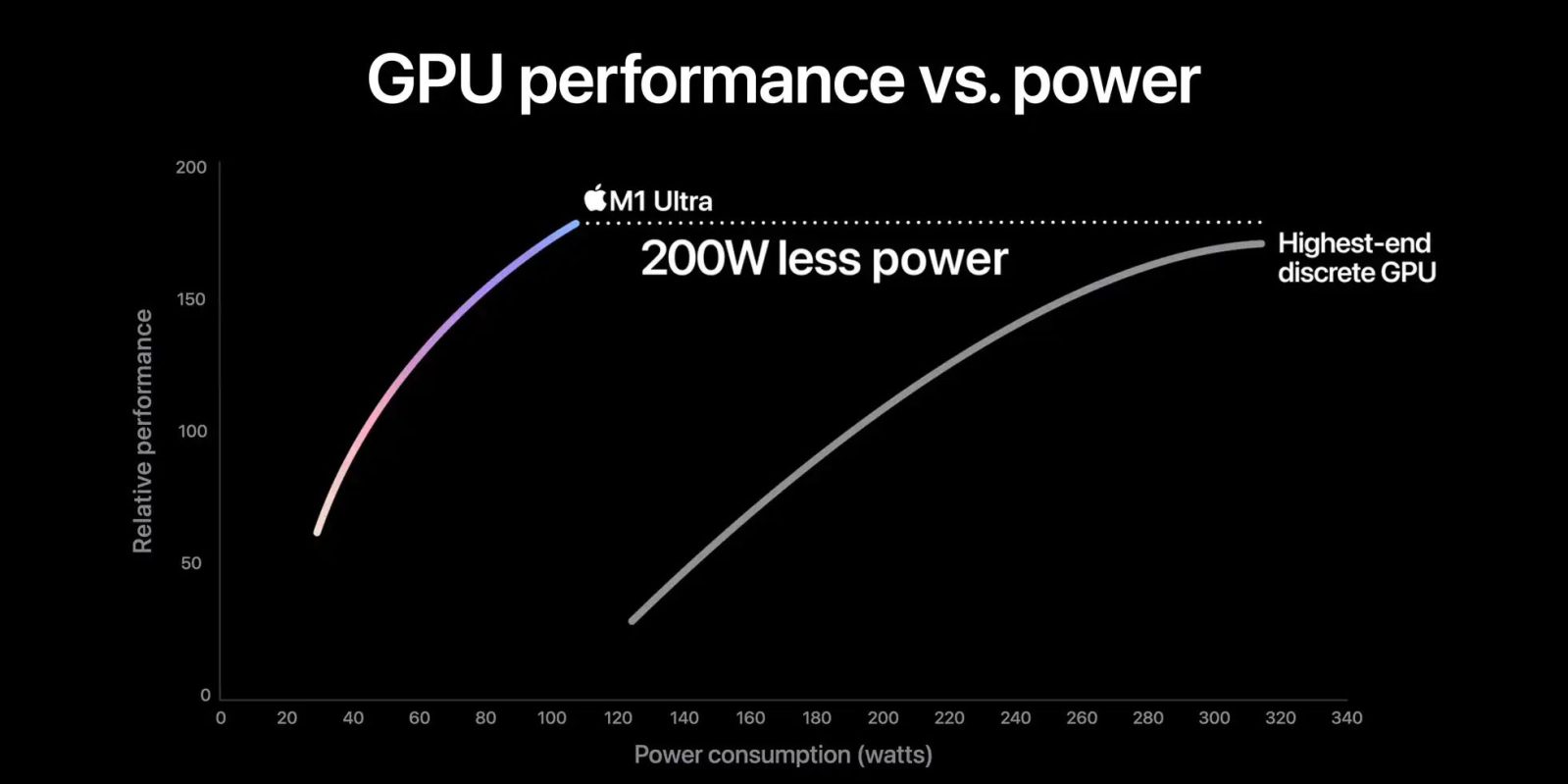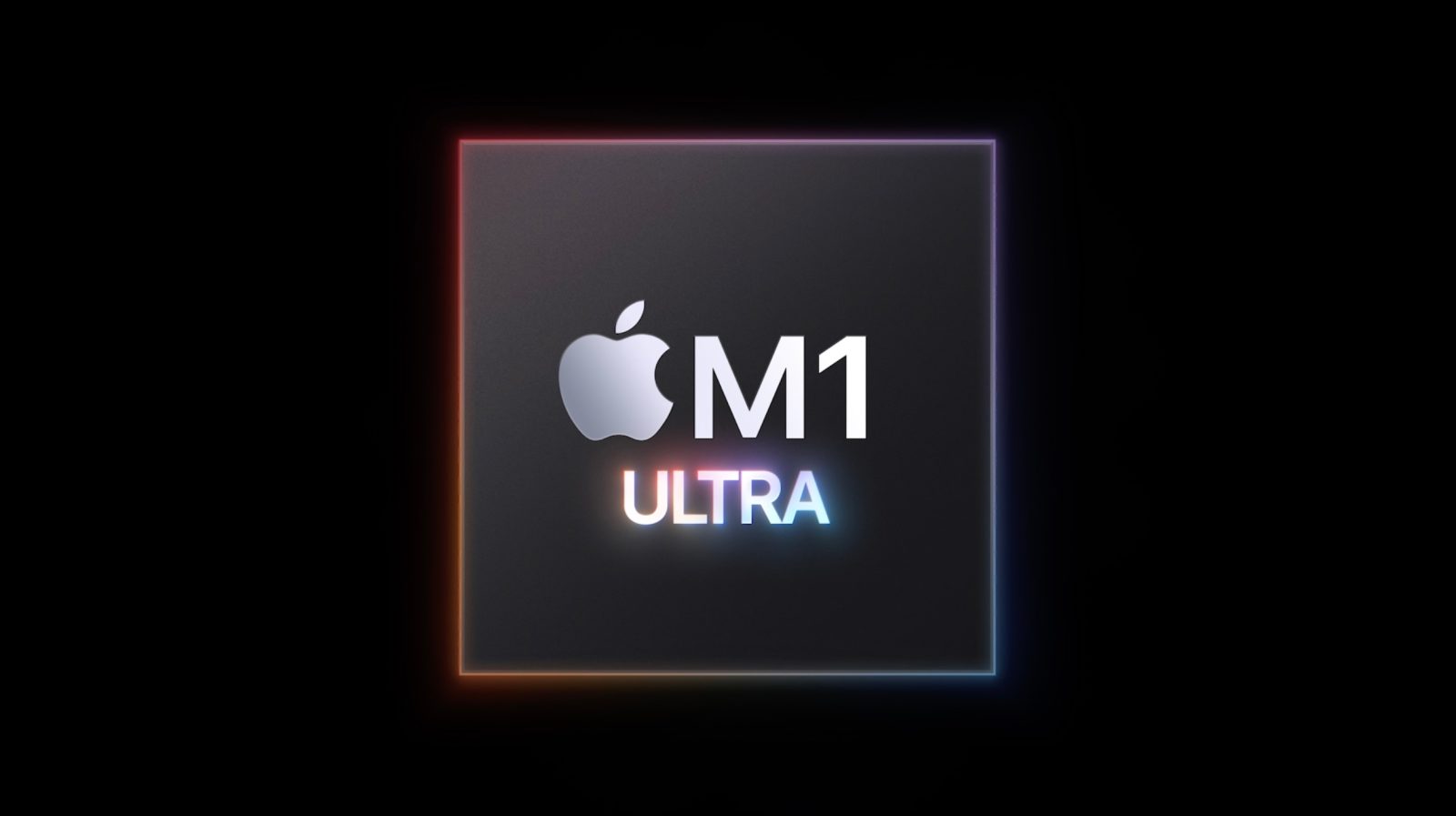Apple Silicon

What is Apple Silicon?
During its WWDC 2020 keynote, Apple officially confirmed its transition from Intel chips to its own Apple Silicon for the Mac. In addition to details for developers, Tim Cook announced that the first Mac with Apple Silicon would ship to consumers by the end of this year.
Apple M1
At its ‘One More Thing’ event in November, Apple officially announced its first Apple Silicon processor designed specifically for the Mac, dubbed the M1. The M1 chip features an eight-core design alongside a powerful Neural Engine and GPU, offering dramatic efficiency and performance improvements for the Mac.
With Apple controlling the processor in a Mac, it can offer significantly better software optimization than others like Intel. In the case of the Mac, this means that macOS 11 Big Sur is optimized specifically for the M1 processor. By creating the silicon themselves, Apple has much more control over how well macOS and a Mac hardware perform together. Even without touching on the technical specifications of the new M1 chip, the improved optimization in macOS should make for dramatic performance and reliability improvements.

Using Apple Silicon in the Mac also means that the Mac can now run iPhone and iPad applications. While developers can opt-out of this, it means that you’ll be able to find iPhone and iPad applications in the Mac App Store for the first time.
- iPhone and iPad apps on the Mac through the Mac App Store
- Rosetta 2 translation allows you to run apps made for Intel Macs on Apple Silicon, and sometimes apps perform better in Rosetta with Apple Silicon’s M1 than they do natively with Intel, Apple says.
- Universal apps are apps built for Apple Silicon and Intel processors and are downloadable from the Mac App Store or from the web.
When it announced the new M1 processor during the special “One more thing” event from Apple Park, Apple touted that it’s the “first chip designed specifically for the Mac.” It’s built using a 5-nanometer with 16 billion transistors, and Apple says it was designed “for Mac systems in which small size and power efficiency are critically important.”
As such, the M1 features industry-leading performance per watt. This is why the first Apple Silicon MacBook Air and MacBook Pro models are able to offer such notable improvements in battery life compared to their Intel predecessors.

Apple Silicon’s M1 chip is an 8-core CPU with four high-performance cores and four high-efficiency cores. The high-performance cores each provide industry-leading performance for single-threaded tasks, and Apple says they are “the world’s fastest CPU cores in low-power silicon.”
Apple also says that the four high-efficiency cores deliver “outstanding performance at a tenth of the power.” In fact, the high-efficiency cores are so powerful themselves that they deliver similar performance to the dual-core Intel MacBook Air while being much more efficient.
In total, Apple says that the eight cores work together to provide “incredible compute power for the most demanding tasks and deliver the world’s best CPU performance per watt.”
M1 GPU
But the M1 doesn’t stop there: it also features up to an 8-core GPU, which can execute 25,000 threads concurrently. Apple says that this means the M1 can handle “extremely demanding tasks with ease.” According to Apple’s data, the M1 has the “world’s fastest integrated graphics in a personal computer” with 2.6 teraflops of throughput.
Apple Silicon Neural Engine
The M1 chip also brings Apple’s industry-leading Neural Engine to the Mac for the first time. The M1 Neural Engine features a 16-core design that can perform 11 trillion operations per second. Apple has used the Neural Engine in the iPhone and iPad since the A11 processor was introduced in 2017. Neural Engine was something designed specifically for machine learning tasks like video analysis, voice recognition, artificial intelligence, photo scanning, and much more.
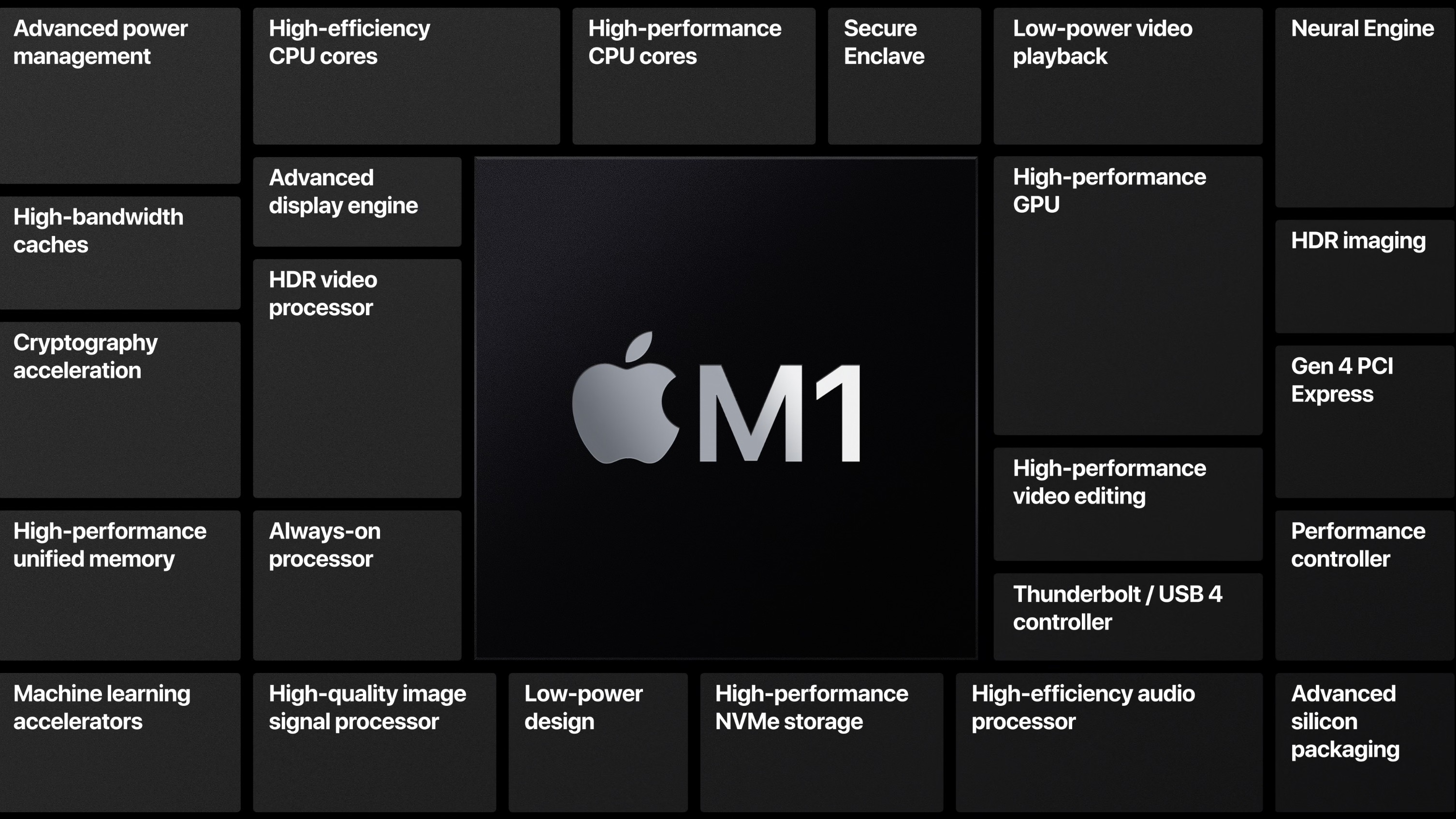
What’s next for Apple Silicon?
The M1 chip is just the beginning of a “new family of chips designed specifically for the Mac.” Again, the new M1 processor is designed specifically for lower-power machines where efficiency is especially important. Over the next two years, Apple will likely release new Apple Silicon chips for the iMac, Mac Pro, and higher-end MacBook Pros.

